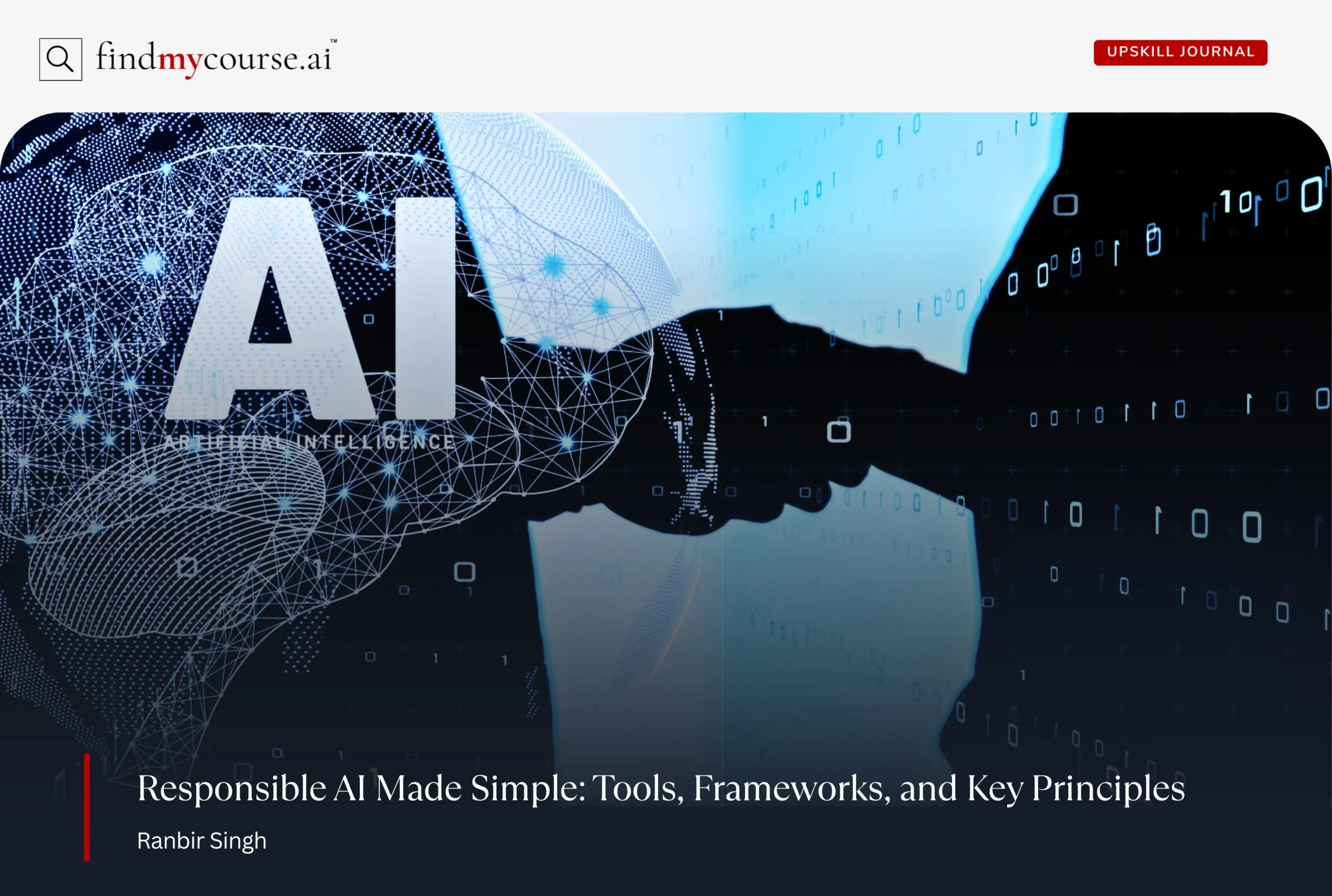Change happens everywhere—in our personal lives and in business. For organizations, it often comes quickly: new technology, shifting markets, or fresh strategies. To handle these transitions well, leaders rely on Change Management.
At its core, this is a practice of learning, preparing, supporting, and leading people through transitions so that organizations can achieve their goals successfully. In this article, we’ll explore what is change management, its main types, the widely used models that provide structure, and why it is so important for long-term success.
What Is Change Management?
Change Management is a structured approach that ensures transitions in business—whether big or small—happen smoothly. It involves preparing employees, building clear communication strategies, and reinforcing new practices until they become part of everyday operations.
Unlike simple project planning, it focuses on people. New systems or processes only succeed when the people using them feel supported and motivated. Without this focus, even the most promising initiatives can stall.
Types of Change Management
Different situations call for different approaches. Here are the main types:
| Type | Description | Examples |
| Organizational | Large-scale, company-wide shifts that reshape culture, structure, or identity. These are often complex and affect every level of the business. | Mergers and acquisitions, cultural transformation, company-wide restructuring |
| Process | Adjustments to workflows or day-to-day operations designed to improve efficiency, reduce costs, or remove bottlenecks. | Redesigning approval systems, streamlining supply chain processes, automating routine tasks |
| Technological | The introduction of new tools, platforms, or IT systems. Success depends on strong communication, user training, and ongoing support. | Rolling out AI-powered analytics, upgrading legacy IT systems, adopting cloud-based platforms |
| Strategic | Long-term shifts in business direction or goals, often reshaping how a company competes in its market. | Entering new international markets, shifting to a subscription-based business model |
| Structural | Reorganizing reporting lines, hierarchies, or team structures to better align with strategy and culture. | Flattening hierarchies, creating agile cross-functional teams, centralizing departments |
In reality, these types often overlap. For instance, adopting a new technology may also require structural adjustments and cultural shifts.
Popular Models
Change can feel overwhelming without a roadmap. Over time, experts have developed several models to guide organizations through transitions. Each provides a different perspective on how to prepare, implement, and sustain change.
| Model | Key Features | Best Use Case |
| Lewin’s Change Model | Three phases: Unfreeze (prepare), Change (implement), Refreeze (stabilize). Simple and linear. | Clear, time-bound changes such as new workflows or system rollouts. |
| Kotter’s 8-Step Model | Emphasizes leadership and communication across eight steps: urgency, coalition, vision, communication, empowerment, wins, consolidation, anchoring. | Large-scale transformations like digital adoption or cultural shifts. |
| ADKAR Model | Focuses on individuals: Awareness, Desire, Knowledge, Ability, Reinforcement. People-centric approach. | Initiatives requiring strong employee buy-in, e.g., new performance systems, hybrid work. |
| McKinsey 7-S Framework | Stresses alignment of seven elements: strategy, structure, systems, shared values, skills, style, staff. | Complex changes needing organization-wide alignment, like restructuring or strategic pivots. |
Bringing the Models Together
No single model is universally best. Many organizations combine elements—for example, using Lewin’s clarity to launch, Kotter’s steps to maintain momentum, and ADKAR to support individuals. The most effective approach is the one that fits the culture, scale, and goals of the organization.
Why Every Organization Needs Change Management?
In a world where disruption has become the norm rather than the exception, organizations cannot afford to approach change casually. Whether it’s the rise of artificial intelligence, new regulations, or shifting consumer demands, businesses are under constant pressure to adapt. Without a structured approach, even the most promising initiatives often stall—or fail altogether. This is why Change Management is not just helpful but truly essential.
Here are some of the key reasons it matters:
- Higher Success Rates
Studies consistently show that most large-scale transformations fall short of expectations when there is no structured change approach. By guiding employees through a clear process, organizations dramatically increase the odds of achieving their goals. - Reduced Resistance
People naturally resist uncertainty. New systems, unfamiliar tools, or changing workflows can trigger fear and pushback. Change Management helps by offering transparency, clear communication, and opportunities for involvement—turning resistance into acceptance. - Stronger Engagement
When employees feel included in the change journey, they are more motivated and committed. Instead of feeling like passive recipients of decisions, they see themselves as active contributors. This sense of ownership strengthens morale and performance. - Smoother Transitions
Without a plan, change can create chaos—confusion, duplicated effort, or stalled progress. A well-managed change initiative reduces disruption and provides employees with a clear path forward, making the transition far less stressful. - Resilient Culture
Perhaps the greatest benefit is long-term. Organizations that consistently manage change well develop a culture of adaptability. Employees learn to embrace challenges with confidence, leaders gain credibility, and the organization becomes more resilient in the face of future disruptions.
In today’s fast-moving environment, Change Management is no longer an optional extra—it is the backbone of sustainable growth. Companies that master it don’t just survive shifts; they thrive because of them.
The Change Management Process
While every organization is unique, most successful transformations follow a clear process. This ensures that change is not only introduced but also sustained over time.
- Preparing for Change
Leaders build awareness, create urgency, and engage stakeholders. The goal is to help people understand why the change matters. - Planning the Change
A detailed roadmap is designed—covering resources, timelines, communication strategies, and training. Planning reduces uncertainty and aligns efforts across teams. - Implementing the Change
New tools, processes, or behaviors are introduced. This stage often requires workshops, coaching, and ongoing feedback to help employees adjust confidently. - Sustaining the Change
Lasting success depends on reinforcement. Organizations celebrate quick wins, monitor progress, and integrate new practices into culture so that change sticks.
Together, these phases provide structure and clarity, turning uncertainty into a guided journey. Without this process, even well-intentioned initiatives can lose momentum. To strengthen skills in applying these processes, learners can explore courses like Change Management by Packt on Coursera or Change Management for Modern Managers on edX which help to apply these concepts effectively in real-world situations.
Final Thoughts
Change is no longer an occasional event—it is a permanent feature of business life. Change Management provides the structure, models, and strategies needed to turn uncertainty into opportunity. With clear processes and effective assistance, organizations can navigate transitions smoothly, build lasting resilience, and adapt to emerging trends like AI, automation, and hybrid work, making change a continuous advantage.


